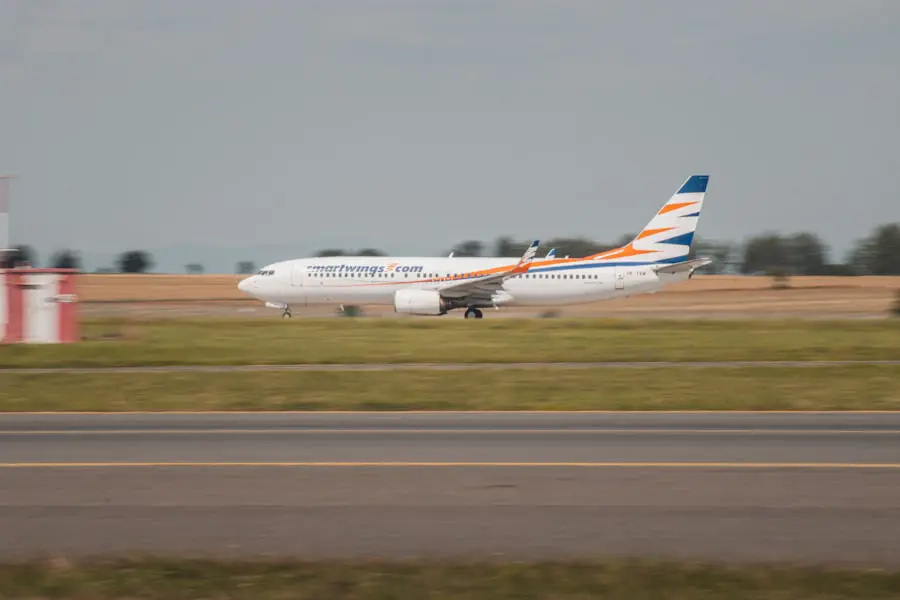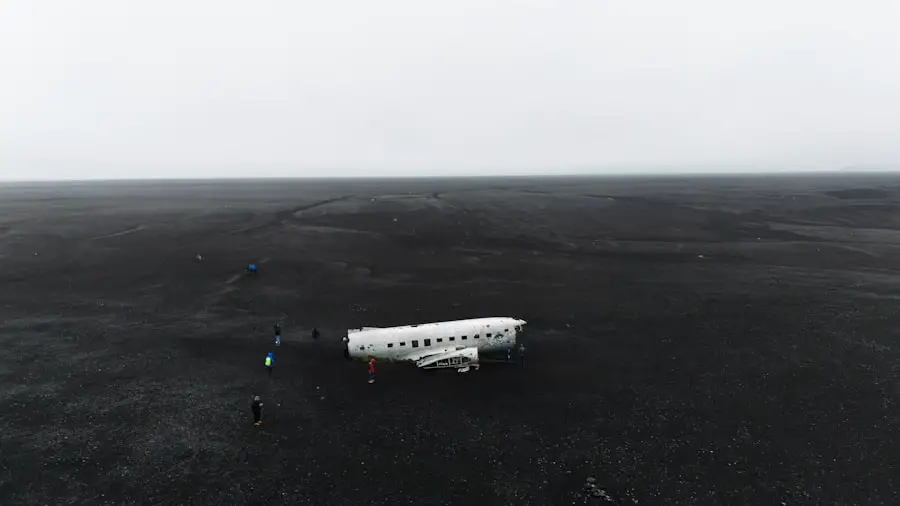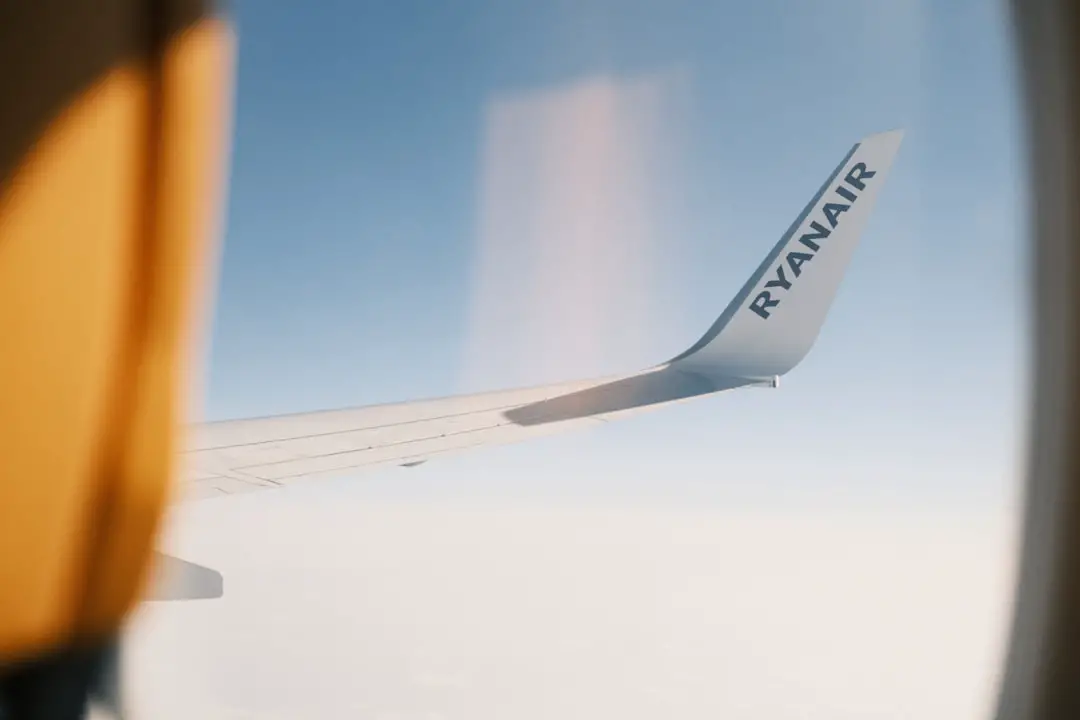KLM Royal Dutch Airlines, established on October 7, 1919, holds the distinction of being the oldest airline still operating under its original name. Founded in the Netherlands, KLM was created to connect the Dutch with the rest of the world, particularly in the wake of World War I when air travel was in its infancy. The airline’s inaugural flight took place on May 17, 1920, from Amsterdam to London, marking a significant milestone in aviation history.
Over the decades, KLM has evolved from a small regional carrier into a major player in the global aviation industry, known for its commitment to safety, reliability, and customer service. Throughout its history, KLM has been at the forefront of numerous aviation advancements. In 1924, it became the first airline to operate a scheduled air service between Europe and South America.
The introduction of the Douglas DC-3 in the 1930s revolutionized air travel with its increased capacity and comfort. KLM’s resilience was tested during World War II when it suspended operations due to the German occupation of the Netherlands. However, post-war recovery saw rapid expansion, including the introduction of transatlantic flights and the establishment of a strong international network.
The airline’s rich heritage is not only reflected in its operational milestones but also in its cultural contributions, such as its iconic blue color scheme and the famous KLM Delft Blue houses given to passengers in business class.
Key Takeaways
- KLM, or Koninklijke Luchtvaart Maatschappij, is the oldest airline in the world still operating under its original name, founded in 1919.
- KLM’s fleet consists of over 100 aircraft, serving over 130 destinations worldwide, with a focus on Europe, Asia, Africa, and the Americas.
- KLM offers a range of services and amenities, including in-flight entertainment, Wi-Fi, and a variety of dining options, as well as a dedicated business class experience.
- KLM is committed to sustainability, with initiatives to reduce carbon emissions, invest in biofuels, and minimize waste and water usage.
- KLM has partnerships and alliances with other airlines, such as Air France, Delta Air Lines, and Kenya Airways, to offer customers a wider range of destinations and seamless travel experiences.
Fleet and Destinations
KLM operates a diverse fleet that includes a mix of wide-body and narrow-body aircraft, allowing it to serve a wide range of destinations across the globe. As of 2023, KLM’s fleet consists of over 100 aircraft, including models from Boeing and Airbus. The Boeing 787 Dreamliner and Airbus A350 are notable for their fuel efficiency and passenger comfort, while the Boeing 737 series serves short-haul routes within Europe.
This strategic mix enables KLM to maintain a robust presence in both long-haul and regional markets. KLM’s extensive network spans over 160 destinations in more than 70 countries, making it one of the most comprehensive airlines in Europe. Major hubs include Amsterdam Schiphol Airport, which serves as a critical gateway for international travelers.
The airline connects Europe with key cities in North America, Asia, Africa, and South America. For instance, flights to New York City and Tokyo are among the most popular routes, catering to both business and leisure travelers. Additionally, KLM has been proactive in expanding its reach into emerging markets, with recent additions to its route map including destinations in Africa and Asia, reflecting a commitment to connecting people across continents.
Services and Amenities

KLM is renowned for its high-quality services and amenities that enhance the travel experience for passengers. In economy class, travelers can expect comfortable seating with adjustable headrests and ample legroom on most aircraft. The airline offers complimentary meals and beverages on long-haul flights, with a focus on Dutch cuisine and local ingredients.
Passengers can also enjoy an extensive selection of in-flight entertainment options through KLM’s personal screens or via their own devices using the airline’s Wi-Fi service. For those flying in business class, KLM provides an elevated experience that includes lie-flat seats, priority boarding, and access to exclusive lounges at major airports. The KLM Crown Lounge at Amsterdam Schiphol is particularly noteworthy for its modern design and amenities such as showers, workstations, and a wide selection of food and beverages.
Additionally, KLM has embraced technology by offering a user-friendly mobile app that allows passengers to check-in, manage bookings, and access real-time flight information seamlessly. This commitment to customer service is evident not only in the physical amenities but also in the attentive service provided by KLM’s cabin crew.
Sustainability Efforts
| Initiative | Metrics |
|---|---|
| Energy Efficiency | Percentage reduction in energy consumption |
| Waste Management | Amount of waste diverted from landfills |
| Water Conservation | Percentage reduction in water usage |
| Carbon Emissions | Amount of CO2 emissions reduced |
In recent years, KLM has made significant strides toward sustainability in response to growing concerns about climate change and environmental impact. The airline has set ambitious targets to reduce its carbon emissions by 50% by 2030 compared to 2005 levels. One of the key initiatives is the investment in more fuel-efficient aircraft that produce fewer emissions per passenger kilometer.
The introduction of the Boeing 787 Dreamliner is a prime example of this effort, as it consumes approximately 20% less fuel than older models. KLM is also actively involved in sustainable aviation fuel (SAF) initiatives. The airline has partnered with various organizations to develop and promote SAF production, which can significantly reduce greenhouse gas emissions compared to traditional jet fuel.
In 2021, KLM operated its first commercial flight using SAF on a route from Amsterdam to Madrid, showcasing its commitment to pioneering sustainable practices within the aviation industry. Furthermore, KLM encourages passengers to offset their carbon footprint through its CO2ZERO program, allowing travelers to contribute to environmental projects that help mitigate their travel impact.
Partnerships and Alliances
KLM’s strategic partnerships and alliances play a crucial role in expanding its global reach and enhancing customer offerings. As a founding member of the SkyTeam alliance, KLM collaborates with other major airlines such as Delta Air Lines and Air France to provide seamless travel experiences for passengers. This partnership allows travelers to enjoy coordinated schedules, shared lounges, and reciprocal frequent flyer benefits across member airlines.
In addition to SkyTeam, KLM has established numerous codeshare agreements with airlines worldwide. These partnerships enable KLM to offer more destinations without having to operate additional flights directly. For example, through codeshare agreements with airlines like China Southern Airlines and Kenya Airways, KLM can provide connections to cities in Asia and Africa that would otherwise be inaccessible directly from Amsterdam.
This network of partnerships not only enhances convenience for passengers but also strengthens KLM’s competitive position in the global aviation market.
Royal Dutch Airlines: The Customer Experience

The customer experience at KLM is designed with a focus on comfort, convenience, and personalization. From the moment passengers book their tickets until they arrive at their destination, KLM strives to provide a seamless journey. The airline’s website and mobile app offer intuitive interfaces for booking flights, managing itineraries, and checking flight status.
Additionally, KLM’s customer service team is available through various channels, including social media platforms like Twitter and Facebook, ensuring that assistance is readily accessible. Onboard, KLM emphasizes creating a welcoming atmosphere for all passengers. The cabin crew is trained to provide attentive service while respecting individual preferences and needs.
For families traveling with children, KLM offers special services such as priority boarding and children’s meals to ensure a stress-free experience. Moreover, the airline has implemented measures to enhance health and safety during travel by introducing rigorous cleaning protocols and providing personal protective equipment when necessary.
KLM’s Loyalty Program: Flying Blue
Flying Blue is KLM’s loyalty program that rewards frequent travelers with various benefits designed to enhance their travel experience. Members can earn miles not only when flying with KLM but also when traveling with any of the SkyTeam partners or other affiliated airlines. These miles can be redeemed for free flights, upgrades to higher classes of service, or other travel-related rewards such as hotel stays or car rentals.
The program features multiple tiers—Explorer, Silver, Gold, and Platinum—each offering increasing levels of benefits such as priority boarding, additional baggage allowance, and access to exclusive lounges. For instance, Gold members enjoy complimentary upgrades on select flights as well as access to SkyTeam lounges worldwide. Flying Blue also offers promotional opportunities for members to earn bonus miles through various partnerships with hotels and retailers.
This multifaceted approach not only incentivizes loyalty but also enhances the overall travel experience for members.
Future Plans and Innovations
Looking ahead, KLM is committed to embracing innovation while continuing its legacy as a leader in the aviation industry. The airline is exploring advancements in technology that can improve operational efficiency and enhance passenger experiences. For example, KLM is investing in artificial intelligence (AI) systems that can optimize flight schedules based on real-time data analysis, potentially reducing delays and improving punctuality.
Moreover, KLM is actively researching electric aircraft technology as part of its long-term sustainability strategy. Collaborations with aerospace manufacturers aim to develop electric or hybrid aircraft capable of short-haul flights by 2030. This initiative aligns with global trends toward decarbonization in aviation and reflects KLM’s dedication to reducing its environmental footprint while maintaining high standards of safety and service.
In addition to technological advancements, KLM plans to expand its route network further into emerging markets while enhancing existing services on popular routes. By focusing on customer feedback and adapting services accordingly—such as introducing new meal options or improving in-flight entertainment—KLM aims to remain competitive in an ever-evolving industry landscape while ensuring that it meets the needs of modern travelers effectively.
If you’re planning a trip with KLM Airlines, you may want to consider investing in a portable WiFi hotspot for international travel. This handy device will ensure you stay connected while on the go, allowing you to easily access important information and stay in touch with loved ones. Check out this article on the best ultralight tent for backpacking as well, to make sure you have all the necessary gear for your adventure. And don’t forget to pack one of the 5 must-have minimalist travel backpacks for spring adventures in 2025 to keep your belongings organized and easily accessible throughout your journey. Read more here.
FAQs
What does KLM stand for in the airline industry?
KLM stands for Koninklijke Luchtvaart Maatschappij, which is Dutch for Royal Dutch Airlines.
When was KLM founded?
KLM was founded on October 7, 1919, making it the oldest airline in the world still operating under its original name.
Where is KLM based?
KLM is based in Amstelveen, Netherlands, with its hub at Amsterdam Airport Schiphol.
What is KLM’s fleet size?
As of 2021, KLM’s fleet consists of over 100 aircraft, including Boeing and Airbus models.
Is KLM part of a larger airline group?
Yes, KLM is part of the Air France-KLM group, which was formed in 2004 through a merger between Air France and KLM.
